Public Health
On this page, you'll find several resources including videos, podcasts, news articles, and academic papers related to public health. Each resource includes a brief summary and recommended education level to help you decide which to click on.
Videos
Introduction to Infectious Disease Modeling

This course offers an in-depth introduction to the principles and techniques of infectious disease modeling. It covers various modeling approaches, including deterministic and stochastic models, to understand and predict the spread of infectious diseases. The course is designed for public health professionals, researchers, and college students, aiming to equip them with the essential tools to analyze disease dynamics and inform public health interventions.
Recommended Education Level: Undergraduate +
Watch VideoCrash Course: Outbreak Science
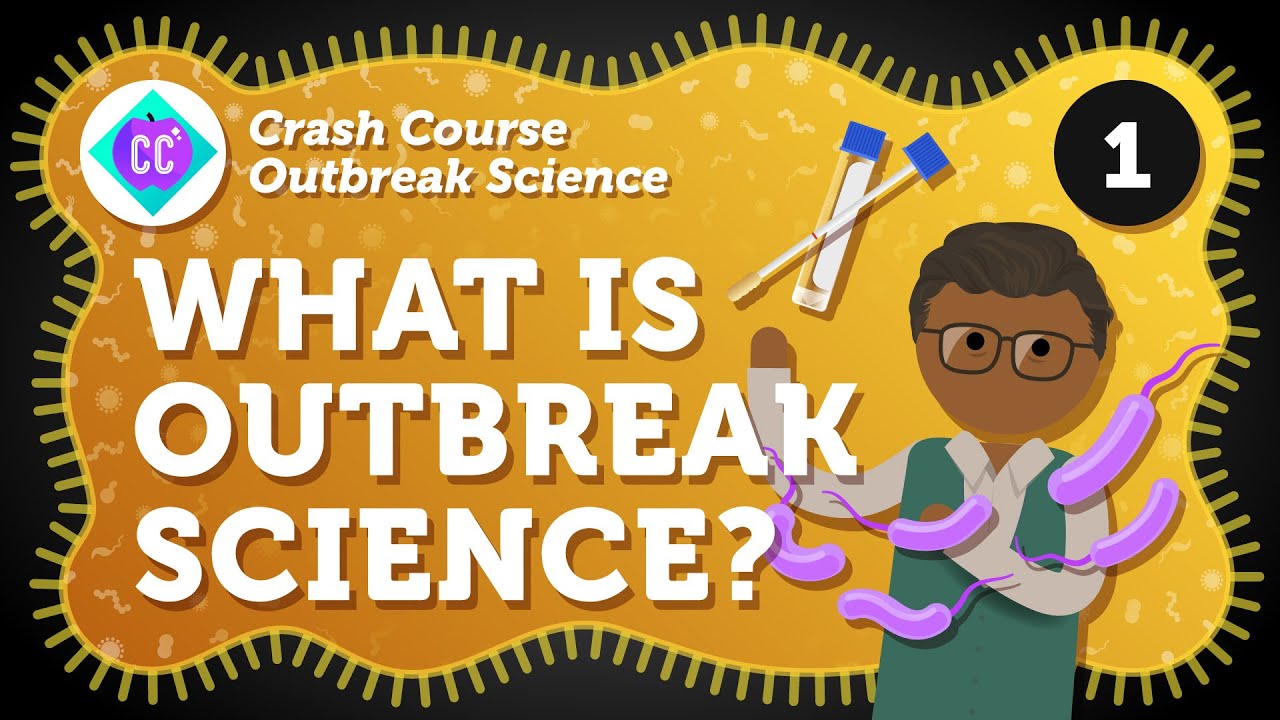
The Outbreak Science series produced by Crash Course provides an in-depth look at the science behind outbreaks and how public health professionals respond to them. Across 15 episodes, the series covers key topics such as epidemiology, disease transmission, outbreak investigation, and control measures. Designed to be accessible and informative, it aims to educate viewers about the complexities of managing infectious disease outbreaks and the importance of public health interventions.
Recommended Education Level: High School +
Watch VideoCrash Course Public Health: Intro to Epidemiology
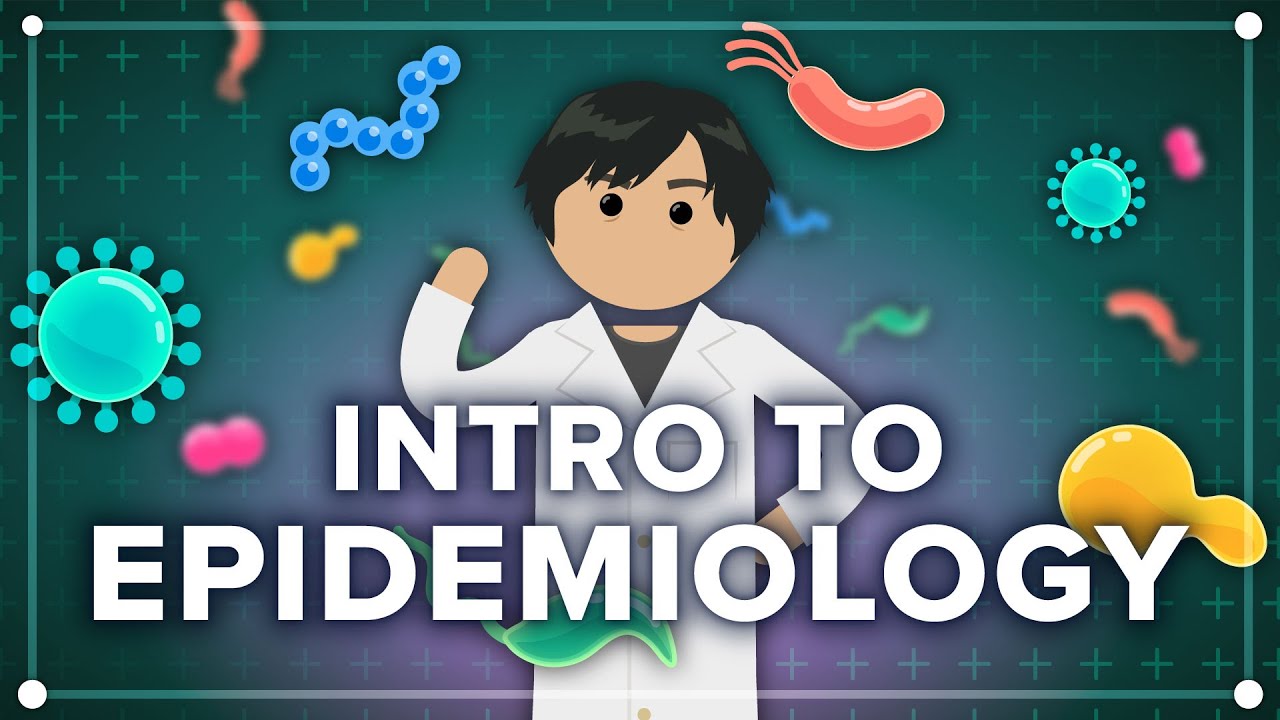
In this episode of Crash Course Public Health, viewers are introduced to the field of epidemiology, the science that studies how diseases spread and can be controlled within populations. The host explains key concepts such as incidence, prevalence, and the basic reproduction number (R0). The episode also covers the various types of epidemiological studies, including cohort, case-control, and cross-sectional studies, and discusses the importance of epidemiology in public health decision-making and interventions.
Recommended Education Level: 8th Grade +
Watch VideoAntibiotics, Antivirals, and Vaccines
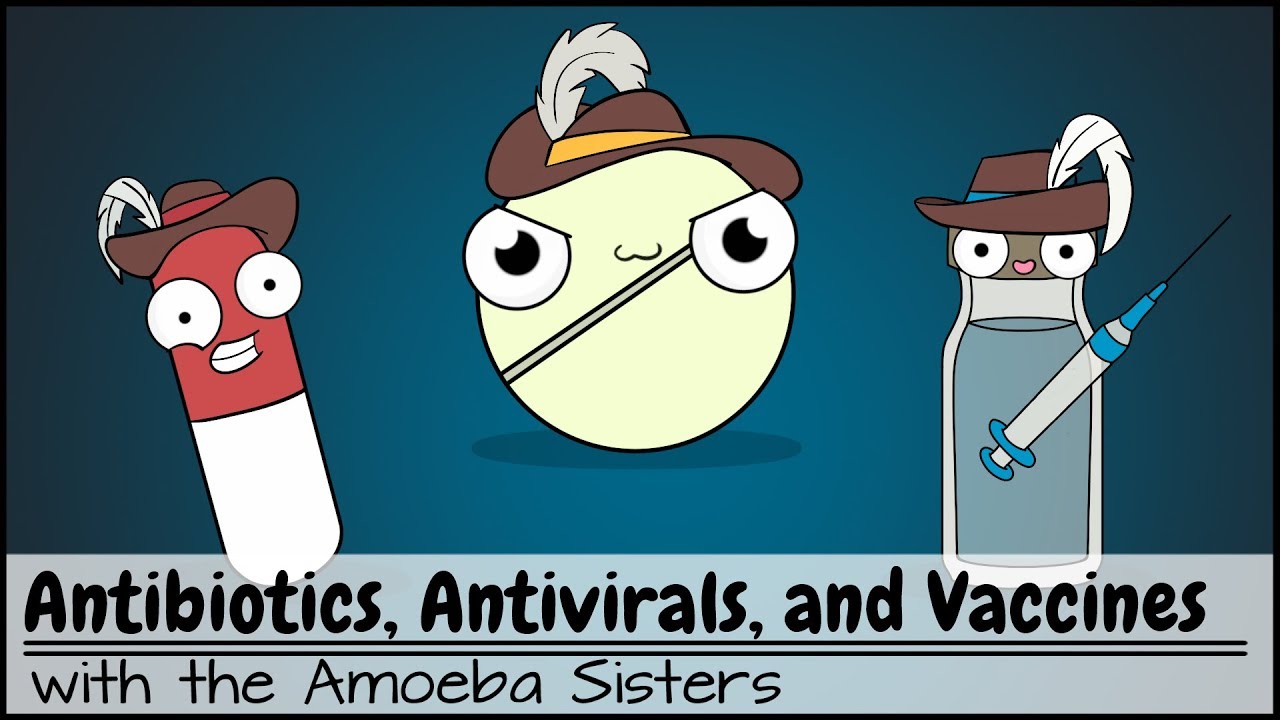
In this educational video, the hosts explain the differences between antibiotics, antivirals, and vaccines in a fun and engaging manner. The episode covers how antibiotics work to fight against bacterial infections, how antivirals help to manage viral infections, and the role of vaccines in preventing diseases by stimulating the immune system. The video aims to clarify common misconceptions and provides a clear understanding of how these medical interventions contribute to public health.
Recommended Education Level: Middle School +
Watch VideoThe Future of Infectious Diseases

In this TEDx talk, Paul Cosford discusses the future of infectious diseases and the challenges and opportunities that lie ahead in combating them. He explores emerging threats, the impact of globalization and climate change on disease spread, and the importance of global cooperation and innovation in public health. Cosford emphasizes the need for preparedness, robust healthcare systems, and continuous research to effectively manage and prevent future infectious disease outbreaks.
Recommended Education Level: High School +
Watch VideoArticles
Disease Modeling: How Math Can Help In A Pandemic

This post looks at how math models help us understand and manage pandemics. It explains how these models are used to simulate the spread of diseases, predict what might happen, and guide public health decisions. The post shows why these models are important for planning and responding to pandemics, highlighting their role in reducing the impact of outbreaks.
Recommended Education Level: Middle School +
Read ArticleBritannica: Epidemiology

This comprehensive article explores the field of epidemiology, the branch of medicine that deals with the incidence, distribution, and control of diseases. It covers the history of epidemiology, fundamental concepts, and methodologies used to study disease patterns in populations. The article also discusses the role of epidemiologists in public health, the challenges they face, and the impact of their work on disease prevention and control.
Recommended Education Level: 8th Grade +
Read ArticleNational Geographic: Epidemiology

This article describes the field of epidemiology and what epidemiologists do to study disease. It also includes a list of relevant vocabulary with definitions.
Recommended Education Level: 5th Grade +
Read ArticleEpidemiology: The Public Health Science

This insightful article explores epidemiology as a crucial public health science. It dives into how epidemiologists study the occurrence and spread of diseases, aiming to protect communities and improve health outcomes. The article highlights historical milestones, key figures in the field, and the methods used to investigate and manage disease outbreaks. It also discusses the ongoing challenges and evolving nature of epidemiological research in managing public health crises.
Recommended Education Level: Middle School +
Read ArticleEpidemiology Vs. Public Health: What's The Difference?

In this informative article, the author explains the differences and connections between epidemiology and public health. The article provides a clear overview of how epidemiology focuses on the study of disease patterns, causes, and effects in populations, while public health encompasses a broader range of activities aimed at improving community health and preventing disease. It highlights the complementary roles of epidemiologists and public health professionals in managing health crises and promoting well-being.
Recommended Education Level: Middle School +
Read ArticleMost Common Infectious Diseases in the U.S.

This informative slideshow from WebMD provides an overview of the most common infectious diseases in the United States. The presentation covers a range of diseases, from the flu to more serious infections like tuberculosis. Each slide offers images of symptoms and key information about transmission, prevention, and treatment. The slideshow presents information in a concise manner to help viewers understand how these diseases impact public health and what measures can be taken to reduce their spread.
Recommended Education Level: Middle School +
Warning: Images depicting symptoms of the infectious diseases are included. May be considered graphic and upsetting to some users.
Read ArticleDisease Outbreaks
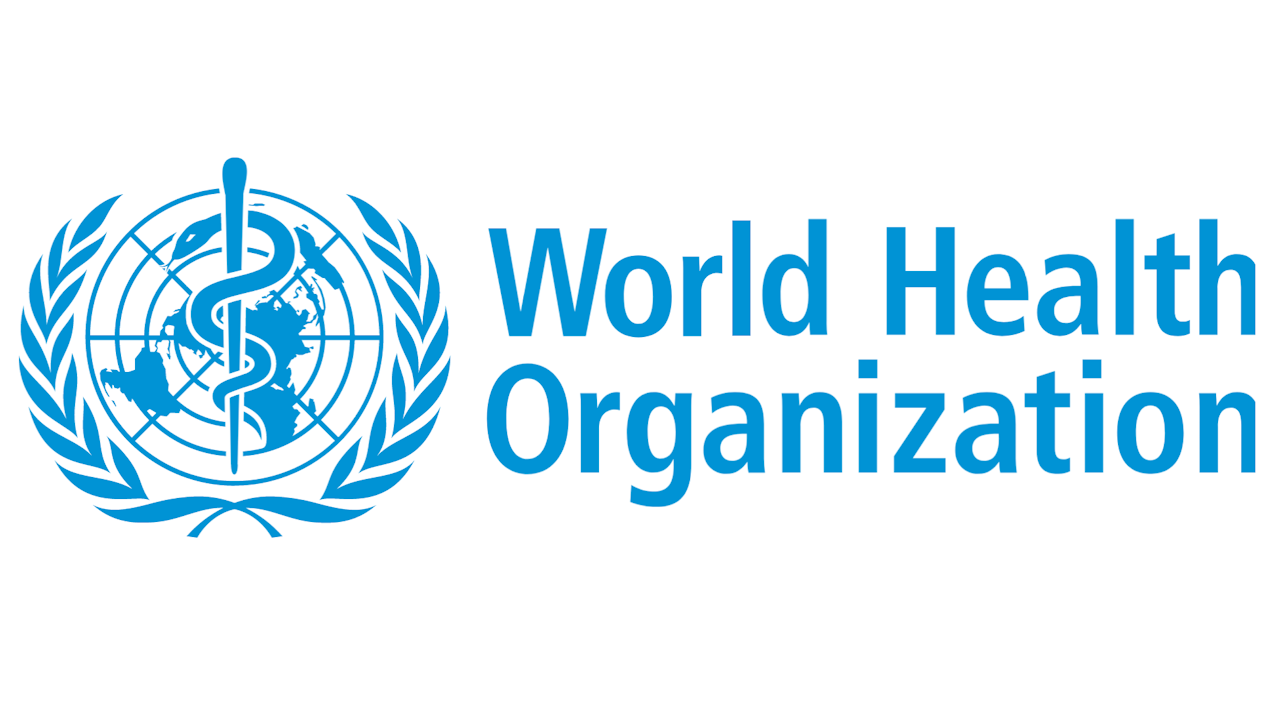
This comprehensive page from the World Health Organization (WHO) focuses on disease outbreaks and their impact on global health. It provides detailed information on current and past outbreaks, the factors that contribute to their spread, and the strategies used to manage and control them. The page also highlights the role of WHO in coordinating international responses, promoting preparedness, and supporting countries in their efforts to mitigate the effects of outbreaks.
Recommended Education Level: Middle School +
Read ArticleWhat You Need to Know About Infectious Disease
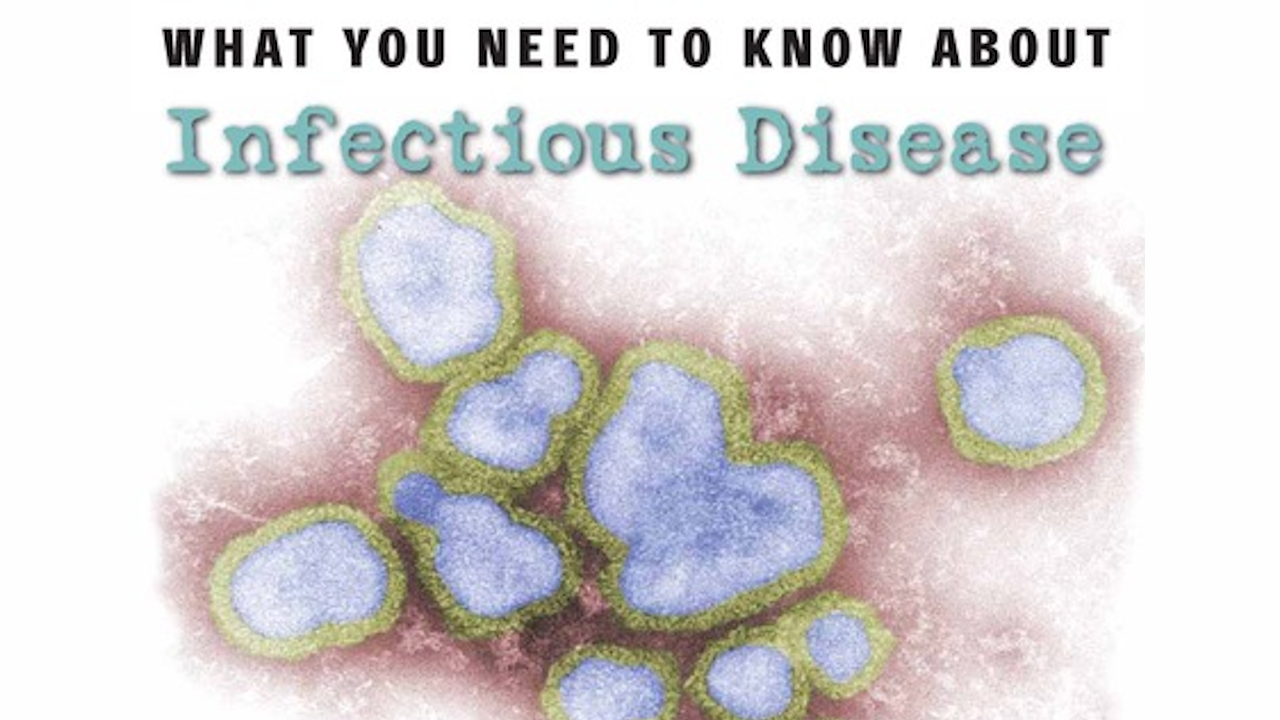
This article explores how infections happen, explaining how pathogens invade the body, grow, and cause illness. The author talks about the roles of bacteria, viruses, fungi, and parasites in infections and describes how the body’s immune system responds to these invaders. This page gives a clear and engaging overview of the biological and physical aspects of infection, making complex ideas easy to understand for readers.
Recommended Education Level: 7th Grade +
Read ArticleAcademic Papers
Planning horizon affects prophylactic decision-making and epidemic dynamics
This article explores the impact of different planning horizons on decision-making for prophylactic measures and the subsequent effects on epidemic dynamics. Through mathematical modeling, the authors demonstrate that shorter planning horizons can lead to less effective prophylactic decisions, potentially worsening the spread of infectious diseases. The study underscores the importance of considering long-term effects in public health planning and interventions.
Recommended Education Level: Undergraduate +
Read PaperComplex systems thinking and current impasses in health disparities research
This article explores how complex systems thinking can address challenges and advance research in health disparities. The author argues that traditional methods often fall short in capturing the multifaceted nature of health disparities. By adopting a complex systems approach, researchers can better understand the interactions and feedback loops that contribute to health inequities, ultimately leading to more effective interventions and policies.
Recommended Education Level: Undergraduate +
Read PaperA Deep Gravity model for mobility flows generation
This article introduces a Deep Gravity Model designed to generate and predict mobility flows. The authors combine principles of gravity models with deep learning techniques to enhance the accuracy and reliability of mobility predictions. This innovative approach aims to provide better insights into human movement patterns, which can be applied in urban planning, transportation, and public health.
Recommended Education Level: Undergraduate +
Read PaperPrinciples of Infectious Diseases: Transmission, Diagnosis, Prevention, and Control
This article provides an in-depth look at the key principles of infectious diseases, covering how they spread, how they are diagnosed, and the methods used to prevent and control them. The author explains the ways infectious agents move from one host to another, the techniques used to detect infections, and the strategies to stop outbreaks. This article is a valuable resource for researchers, healthcare professionals, and students interested in infectious diseases and public health.
Recommended Education Level: High School +
Read PaperZombies—A Pop Culture Resource for Public Health Awareness
This article discusses how the concept of zombies can be utilized as an innovative resource for raising public health awareness. The authors explore the parallels between zombie outbreaks in fiction and real-world disease outbreaks, highlighting how zombie narratives can effectively engage the public and promote understanding of infectious disease prevention and emergency preparedness. The article underscores the potential of using popular culture to communicate important public health messages.
Recommended Education Level: 11th Grade +
Read PaperOther SEPA (Science Education Partnership Award) Projects
The Great Diseases - Infectious Diseases

"Infectious Diseases" is a unit within "The Great Diseases" curriculum module offered by Tufts University, and is aimed at teaching middle and high school students about the complexities of infectious diseases. This module covers the biology of pathogens, the mechanisms of disease transmission, the body’s defense mechanisms, and public health strategies to control infectious diseases.
Recommended Education Level: Middle School +
Visit SiteIt's Contagious! Promoting the Biomedical Workforce Pipeline through Infectious Diseases
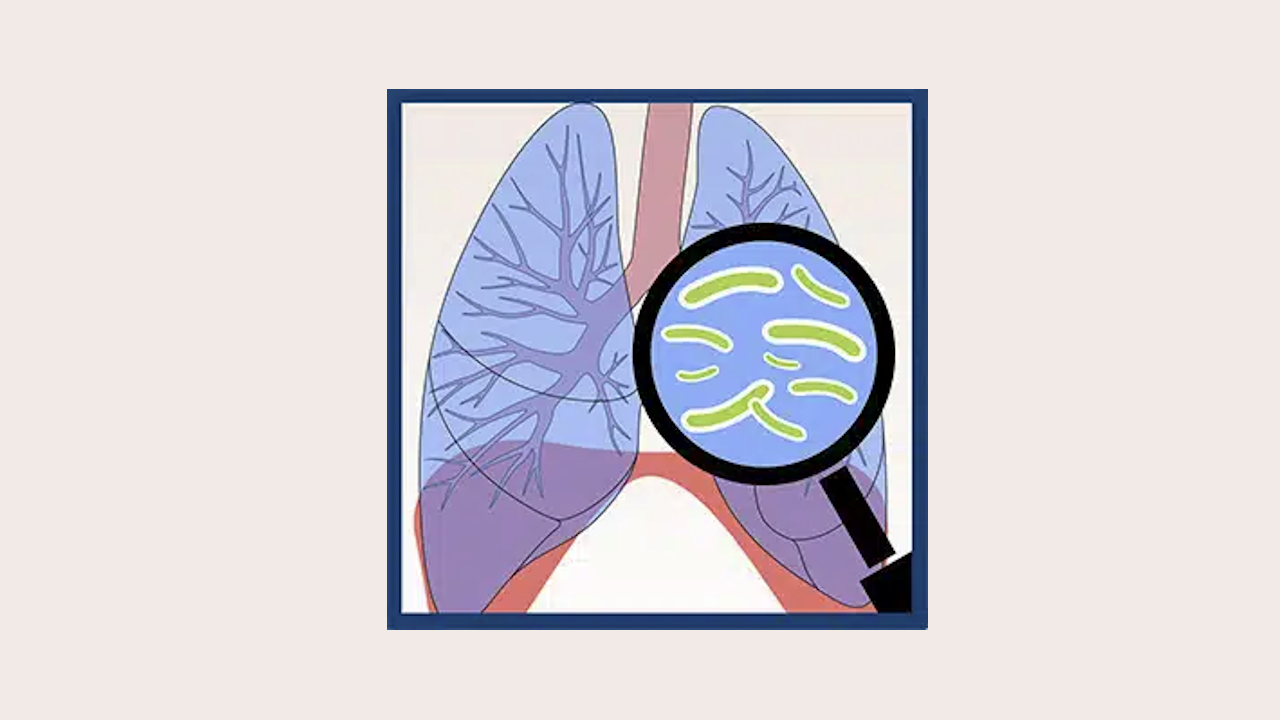
“It's Contagious! Promoting the Biomedical Workforce Pipeline through Infectious Diseases” is an educational resource that aims to engage students in learning about infectious diseases and to inspire interest in biomedical careers. The curriculum includes interactive lessons and activities designed to enhance understanding of the science behind infectious diseases and the importance of the biomedical workforce.
Recommended Education Level: Middle School +
Visit SiteEpidemiology and the Energy Balance Equation
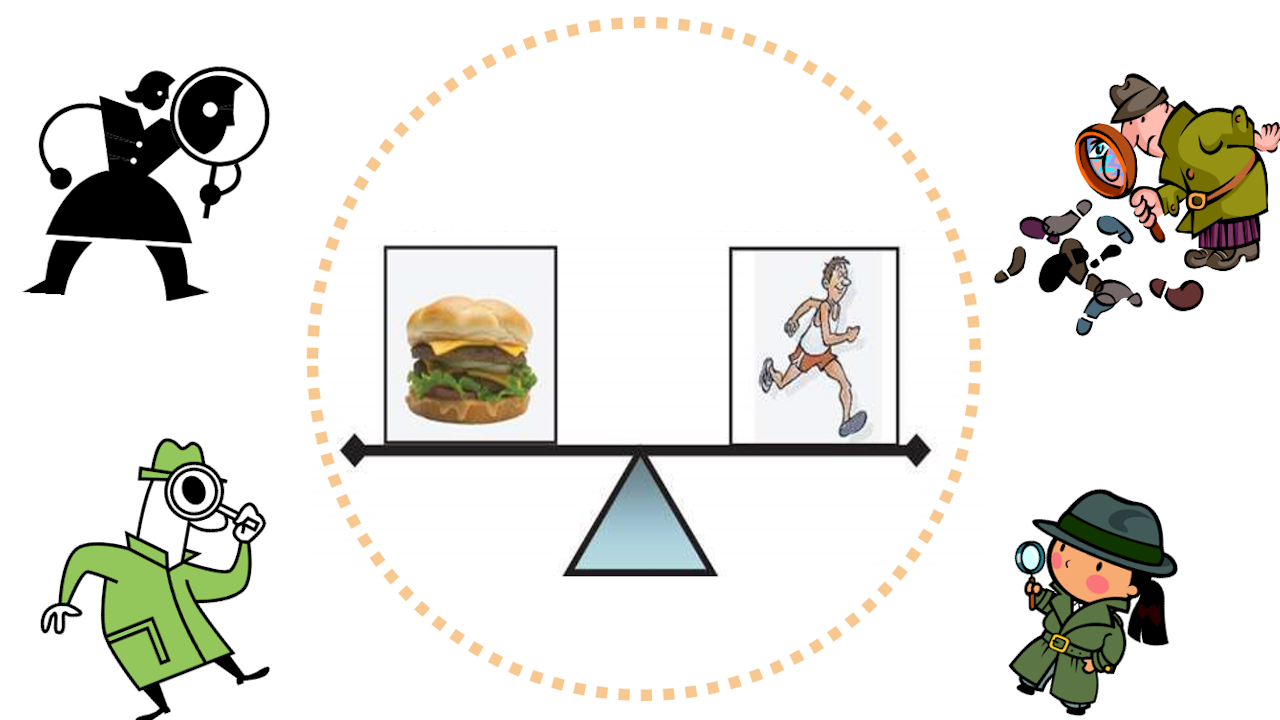
This educational resource offers a comprehensive curriculum focused on teaching students the principles of epidemiology, specifically in relation to energy balance, nutrition, and physical activity. It aims to deepen students' understanding of how epidemiological methods are applied to investigate the connections between lifestyle factors and health outcomes.
Recommended Education Level: Middle School +
Visit Site